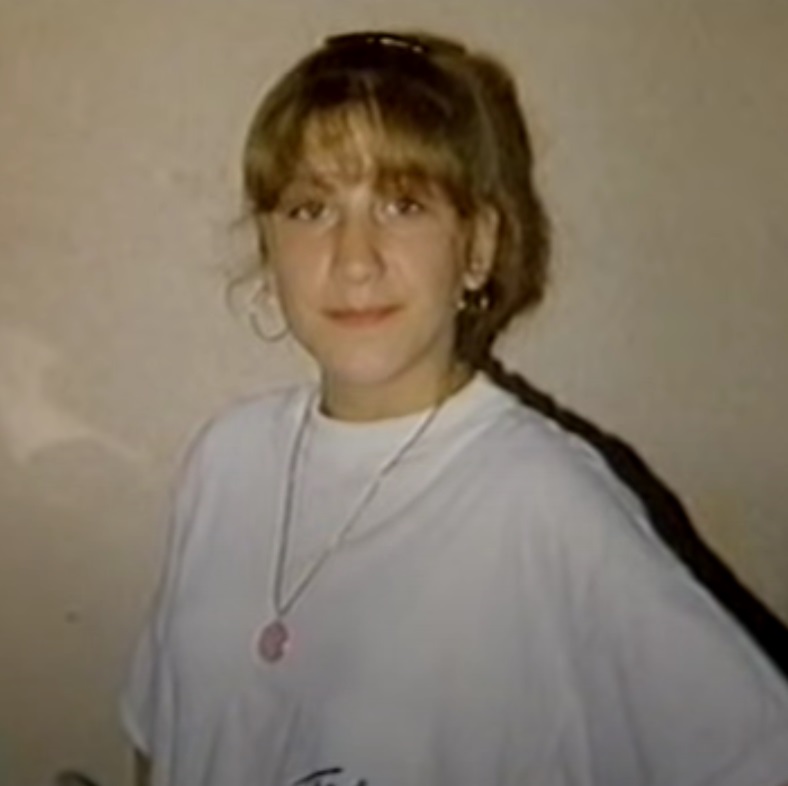Fourteen-year-old schoolgirl Tracey Meade went missing nearly two weeks before she was found dead in the Grand Union Canal near Kensal Green on 1 February 1992.
Tracey had been stabbed twice, in the arm and stomach, before drowning in the water. She was only partly dressed, leading police to suspect a sexual motive in her killing.
However, despite a high-profile appeal on BBC’s Crimewatch in April 1992, the case remains unsolved.
Tragically Tracey’s brother Peter Petrou was stabbed to death in Kilburn in July 2020.
Sister Emma Petrou said: “This is the second murder we as a family have had to suffer. Our sister, Tracy Meade, was also murdered in 1992 and still no one has been convicted.
“As a family we are deeply devastated and cannot begin to imagine how we are going to cope with this type of tragedy again especially if the perpetrator is not caught.”
Tracey lived with her mother Kim and younger sister in a tower block on the Warwick Estate in Paddington near the area known as Little Venice.

She often spent the night with relatives in Kensal Rise and on Monday 20 January 1992, the last day she was seen by friends and family, she spent the day at her grandmother’s home in Lothrop Street, North Kensington.
At 5.30pm she took her younger sister back to her mother’s flat on the 6th floor. While she was there she appeared her normal self and asked her mother for her bus fare to go to school the next day – although it seems that at the time she often played truant and preferred to spend her time with friends on the street. Tracey also said she was going to stay with her aunt that night but never arrived. She did not attend school the next day.
I gave her about two pounds for pocket money and her own fare to school. She said goodbye. It was about 7pm. I didn’t see her again.
Tracey’s mother Kim Meade
On 22 January her mother reported her missing but, feeling the police were not taking the disappearance seriously, began asking around the local area.
One witness said she saw Tracey arguing with a boy near the bridge at Half Penny Steps.
Then on 31 January a girl resembling Tracey asked a woman for directions to a cafe and said she was meant to be meeting her boyfriend.
At 4.30pm two girls, one with black hair and one with light hair like Tracey, went into a cafe on Goldhawk Road. According to staff they looked as though they had been sleeping rough because while clean and well kept they looked tired.
Tracey’s body was body found by an angler in the Grand Union Canal near Mitre Bridge on 1 February. Some of her clothing was found in two separate areas of the canal bank nearby.
Detective Inspector Colin Wright, who led the police appeal on Crimewatch, said he personally believed that Tracey went willingly to the canal area with a group of people she knew and that “things progressed far more than they expected”.
He said he believed there was a sexual motive because Tracey was partially clothed. However there was no postmortem evidence of a sexual assault.
The inquest at Hammersmith Coroners Court in December 1992 heard she may have drowned trying to escape her attacker.
She seems to have been undressed under threat. She has not been sexually assaulted although it may well be that the person removing the clothing may have intended to do that. Either she had been forced into the canal or she was trying to get away. The water was freezing cold, she had two stab wounds, and she died on drowning. I believe she tried to run off partially clothed but was caught, whether by one or many, as she ran through the undergrowth.
Dr John Burton, Hammersmith Coroner
The inquest returned a verdict of unlawful killing.
Sources: BBC Crimewatch appeal, April 1992 (see video above) and newspaper reports collected by scepticpeg blog (https://scepticpeg.wordpress.com/2019/04/16/murder-files-the-murder-of-tracy-meade-1992/). Some reports suggested a link to glue sniffing, which was of topical interest at the time but was not apparently supported by the evidence.